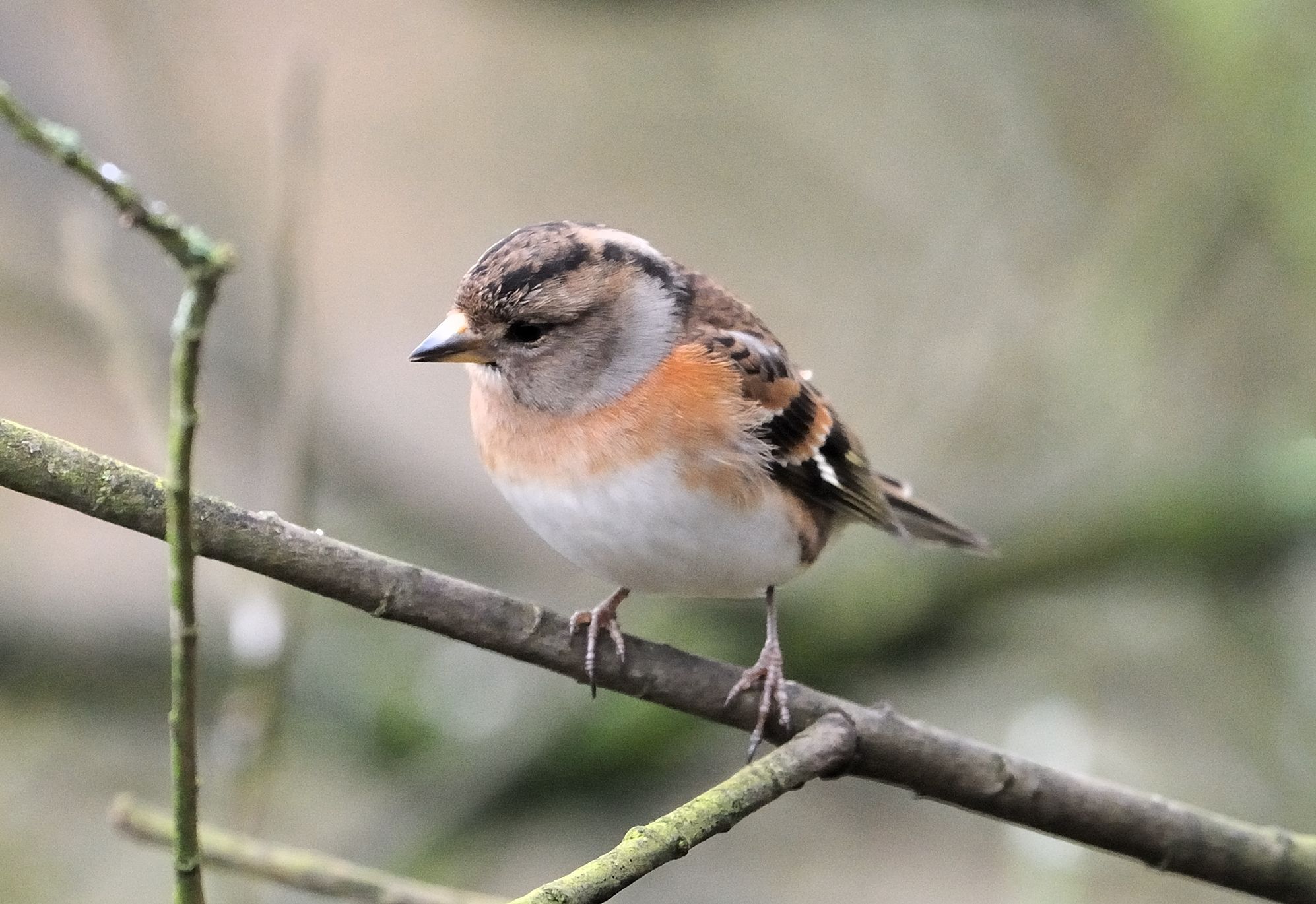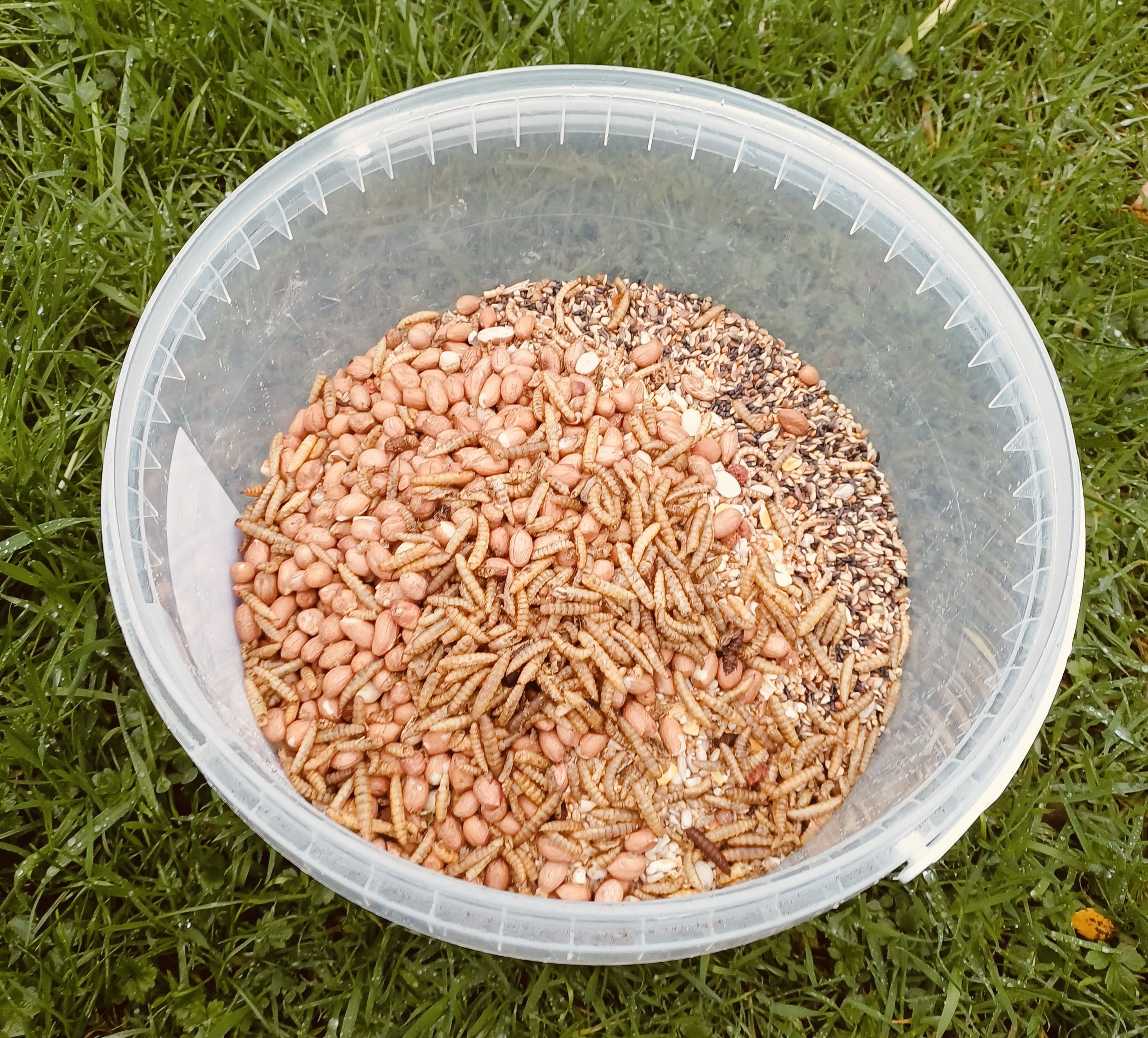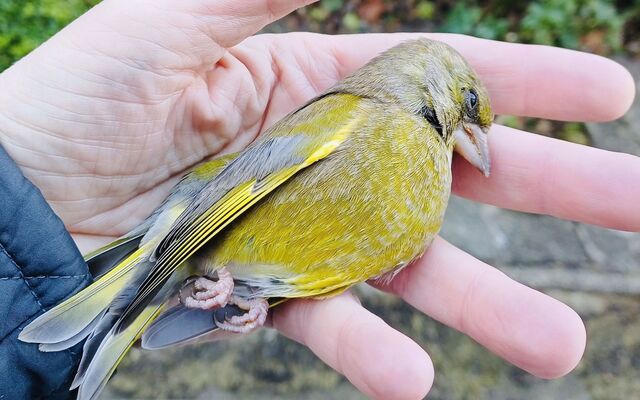THIS is the exact time that birds most need our help. With winter about to hit, you can save lives.
Birds breed in vast numbers every spring and summer in the knowledge that so many will succumb. A pair of robins or blackbirds or goldfinches will work every waking minute of the long days of spring and summer to bring youngsters into the world – they’ll probably raise ten babies – a 500 per cent boost to their population.
But come next spring, there will likely be the same number of adult birds surviving to breed once more. The rest simply won’t make it through winter.
Dúlra always wonders what those young birds think as that colourful, beautiful world they left the nest to explore slowly deteriorates. And in what must seem like a cruel extra punishment, daylight decreases every day, meaning they’ve less time to find enough food in ever-worsening conditions. It’s like being held on one of those torture rooms where the walls slowly contract!
Only those birds who make it to spring will realise it’s the cycle of life and they will know what to expect next winter.
But it’s right now that they need our help.
Dúlra has a lifetime of experience feeding garden birds and he believes he’s finally distilled the perfect, high-energy food mix. Not for him the ‘wild bird seed’ sold in supermarkets – they are bulked out with big, cheap seeds that only attract pigeons.
Dúlra uses a packet of wild finch seed or canary mix as the basic ingredient. These contain seeds like nyger, hemp, millet, rape seed and linseed – all beloved of finches, which are a class above the average garden bird (no offence robins!).
And like a master chef, to that already great mix he adds a handful of peanuts and sunflower hearts, a handful from a bag of food for softbilled birds like robins and blackbirds, and the piece de resistance – dried mealworms.
It mightn’t look too appetising, but it works its magic year after year.
Yesterday Dúlra looked out the front window and the whole path seemed to be moving – 20 chaffinches were feasting on that very mix after he spread a couple of handfuls.
Chaffinches are the most common of our finches and are often taken for granted. But when you see them feeding as they would in the wild – among the fallen leaves on the forest floor – you realise that they are specialists and their gentle tones and stripes give them a great camouflage.
Goldfinches and greenfinches too love this seed mix – and as winter bites you might even get a siskin or redpoll dining on them.
Of course the other birds get stuck in too – the robins and dunnocks have more slender beaks and they’ll be first to grab the mealworms.
But attracting a flock of chaffinches has another advantage – one which would certainly shorten winter for Dúlra.
Chaffinches have a Scandinavian cousin that visits Ireland in very small numbers in the toughest winters – the brambling, breacán in Irish.
The beautiful brambling
Dúlra saw one in his garden many years ago, but has drawn a blank every winter since.
The only way to have a chance of spotting the orange chest and white rump of the brambling is to attract its cousins – because they always hang out together. And so Dúlra hopes to keep that flock of 20 chaffinches by generously spreading those seeds on the path every day. And when the ground freezes over, he’ll keep an eye out for a flash of orange among the camouflaged chaffinches. This year, that magical seed mix will pay off – he’s sure of it!
There are sad reports from visitors to the Waterworks this week of swans apparently suffering from deadly bird flu. It can’t be confirmed yet, but they are showing the same behaviour that Dúlra witnessed a couple of years ago when the virus first hit. For some reason these beautiful birds swim in circles – it’s like the flu means they can only use one foot and move like a boat with one oar. The birds are clearly in distress but can’t seem to figure out why or control their actions. Thankfully there is a species barrier so the disease rarely affects humans, and earlier this year hundreds of millions of dollars was pumped into a bid to produce a vaccine – and there are already earlier signs of success.
The suffering of the Waterworks swans might be coming to an end.
* If you’ve seen or photographed anything interesting, or have any nature questions, you can text Dúlra on 07801 414804.








